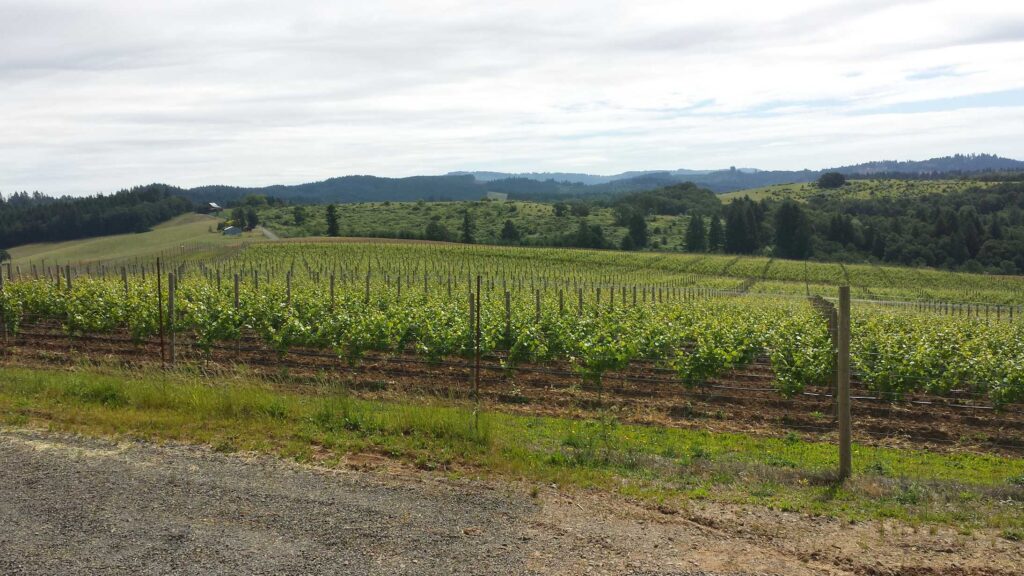The Vineyards
Vineyards with Presence and Purpose
In all ROCO winemaking, we begin by working with grape farmers whose sustainable viticulture practices promote the lively ecosystems at the foundation of vibrant wines. The work of winemaking largely happens in the cellar, but we cannot begin our work until we’ve benefited from the good work of others.
Wits’ End Vineyard
Wits’ End Vineyard, owned by the Soles family, drapes down the southwestern slope of the Chehalem Mountain Range at 400 feet elevation. Planted mainly in sedimentary soils among stands of native trees and two natural springs, the vineyard is a quintessential Willamette Valley landscape, teeming with wildlife—including owls and hawks, coyotes and even cougars.
The Soles began planting their LIVE Certified and Salmon-Safe vineyard in 2001 to Pinot Noir. Then, in 2013, they expanded it to a total of 20 acres, adding a block of Chardonnay in the process. Situated in the Chehalem Mountains AVA, Wits’ End Vineyard is arranged in a high-density plot with 2,600 vines per acre of Dijon clones. The vineyard is superbly located relative to surrounding landmasses: In the winter, the Chehalem Mountains rising up behind the vineyard (to the north) protect the vines from northeast Arctic winds, and in the summer, the Dundee Hills (to the south) transition Pacific Ocean winds into gentle afternoon breezes.
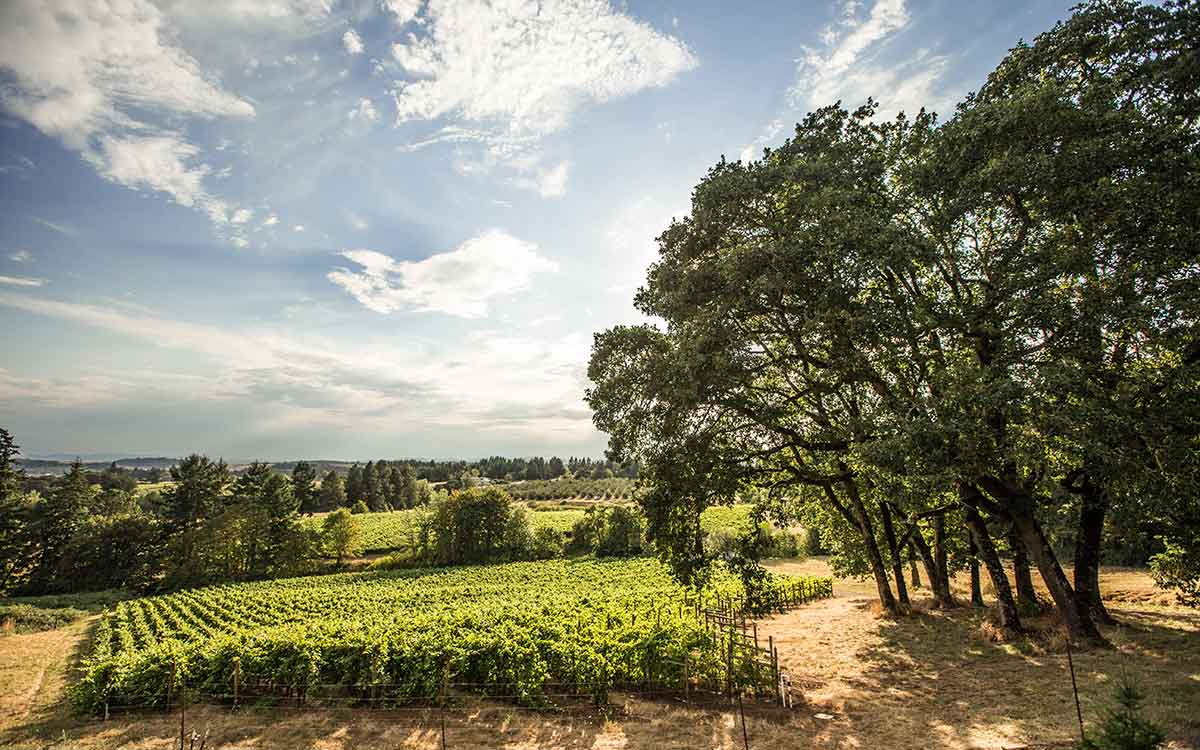
Knudsen Vineyard
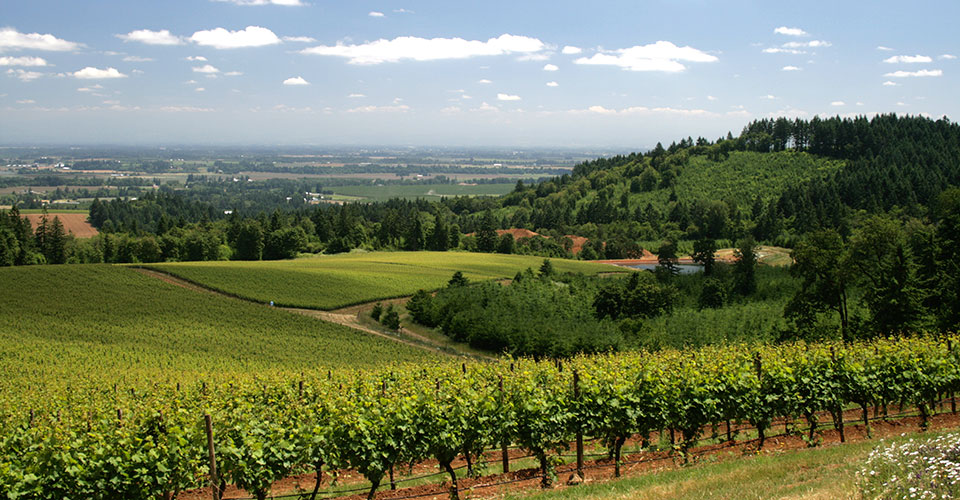
Cal Knudsen and his wife Julia Lee began planting Knudsen Vineyard after an inspiring 1960s trip to Burgundy. Situated high in the Dundee Hills AVA—at elevations between 500 and 1000 feet—the 130-acre vineyard is planted exclusively in the famed, red volcanic soil known as “Jory” that is unique to the northern Willamette Valley. The site includes plantings of Pinot Noir, Chardonnay, and Pinot Meunier.
ROCO sources Pinot Noir from Knudsen Vineyard. Due to the vines’ high elevation, they ripen late in the season and give winemaker Rollin Soles the raw material to craft red-fruited, earthy wines with a silky texture—true in form and flavor to the AVA. The fruit from this vineyard is LIVE Certified and Salmon-Safe.
Marsh Estate Vineyard
Marsh Estate Vineyard is situated on a prominent knoll between Newberg and Carlton in the Yamhill-Carlton AVA. Planted in 2007, the 23-acre vineyard stands at elevations between 255 and 320 feet in a mix of sedimentary soil types—including Willakenzie, Goodin, Carlton, and Steiwer-Chehlpum Complex soils. The vineyard is comprised mainly of Pinot Noir with a small block of Chardonnay, and is arranged in a medium-density plot of 1820 vines per acre on low-vigor, phylloxera-resistant Riparia Gloire rootstock.
ROCO sources Pinot Noir from the upper slopes of Marsh Estate Vineyard, including blocks of Pommard and Dijon 114 and 115. The fruit from this vineyard is LIVE Certified and Salmon-Safe.
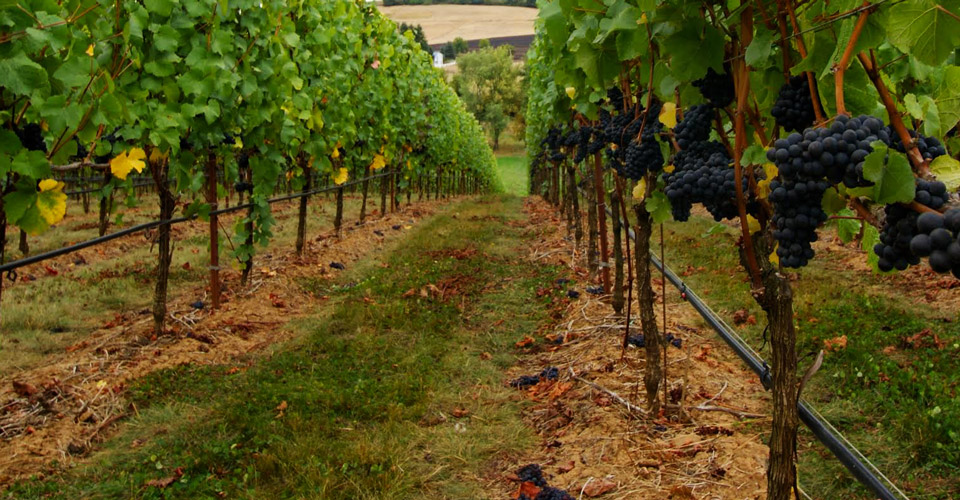
Chehalem Crossing Vineyard
Chehalem Crossing, located in the Chehalem Mountains provides an exciting opportunity to produce wine with late-ripening fruit from Loess soil. Owned by Mike and Susan Frank, this 11-acre vineyard sits on a gentle south-facing slope at 800 feet in elevation in the newly created Laurelwood AVA, nested within the renowned Chehalem Crossing AVA.
Cool nights and moderate daytime temperatures provided by this high elevation vineyard mean the resulting wines have a silky texture with generous fruit expression on the middle palate.
The vineyard is sustainably farmed, LIVE Certified and Salmon Safe.
ROCO is the only winery producing a single vineyard designated wine from this site.
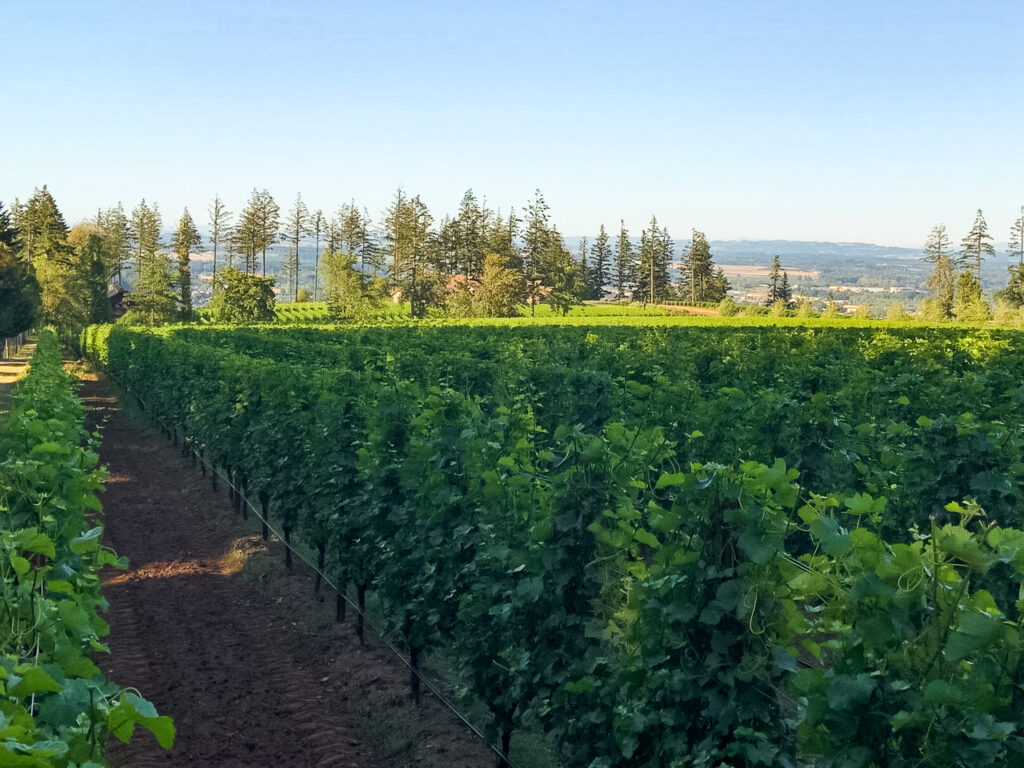
Matteri Vineyards
Matteri Vineyards is situated in the northwest corner of the Yamhill-Carlton AVA. It features marine sedimentary soils and sits at an elevation ranging from 500 to 550 feet. This distinctive region within the Yamhill-Carlton AVA experiences drier conditions, owing to its proximity to the rain shadow of the coast range. Founded in the spring of 2011, Matteri Vineyards has now expanded to cover 30.5 acres. The Pinot Noir grapes we source from this site are renowned for providing rich complexity, depth, and the classic dark fruit characteristics that the Yamhill-Carlton AVA is celebrated for.
